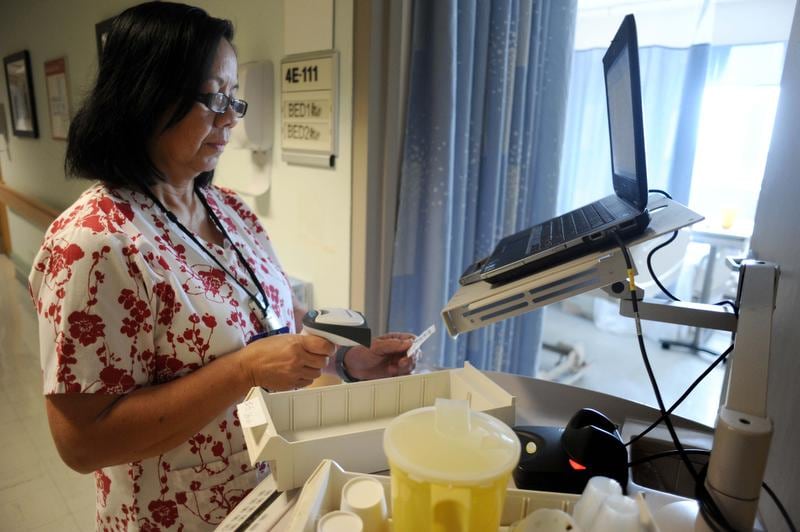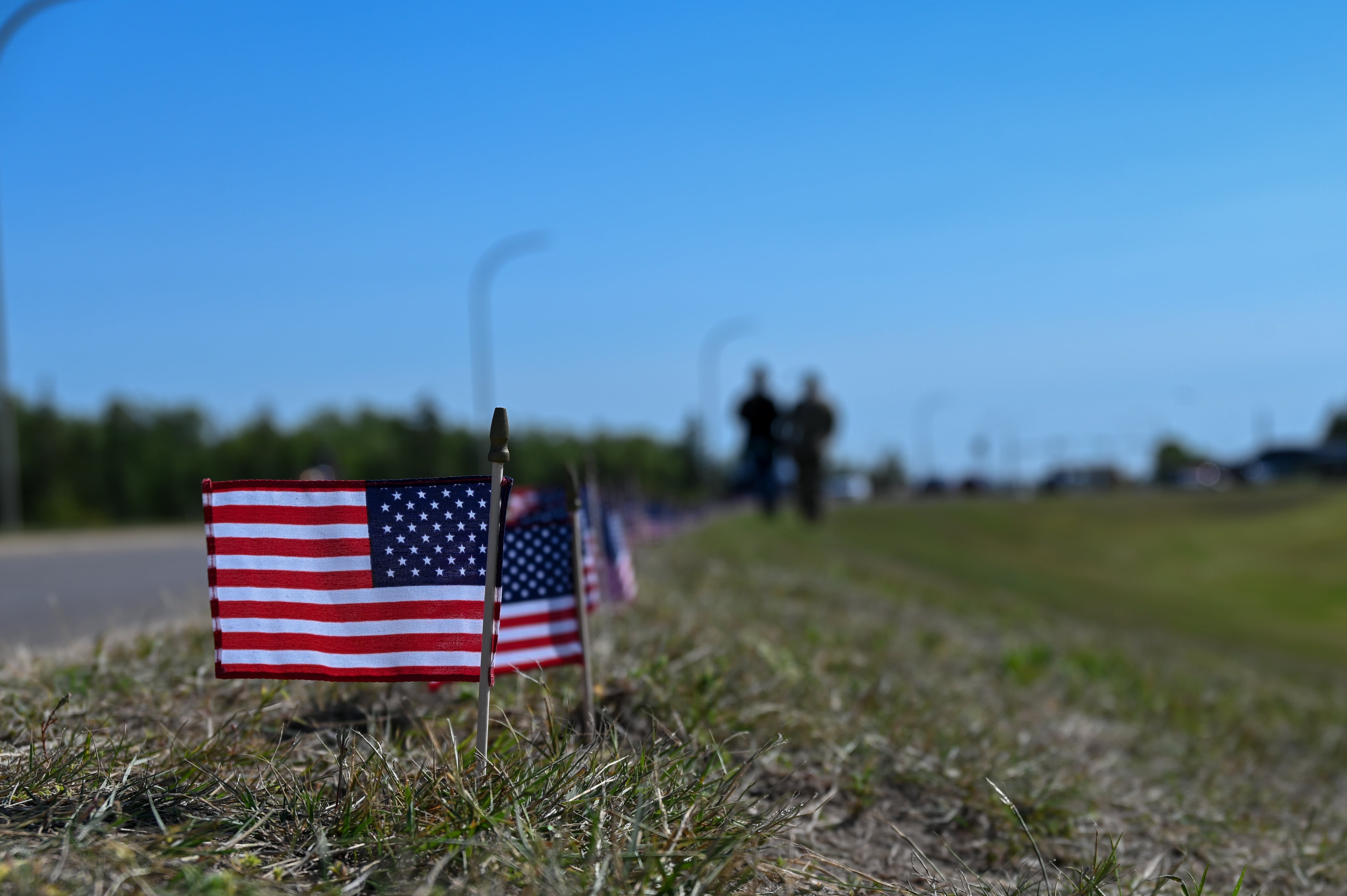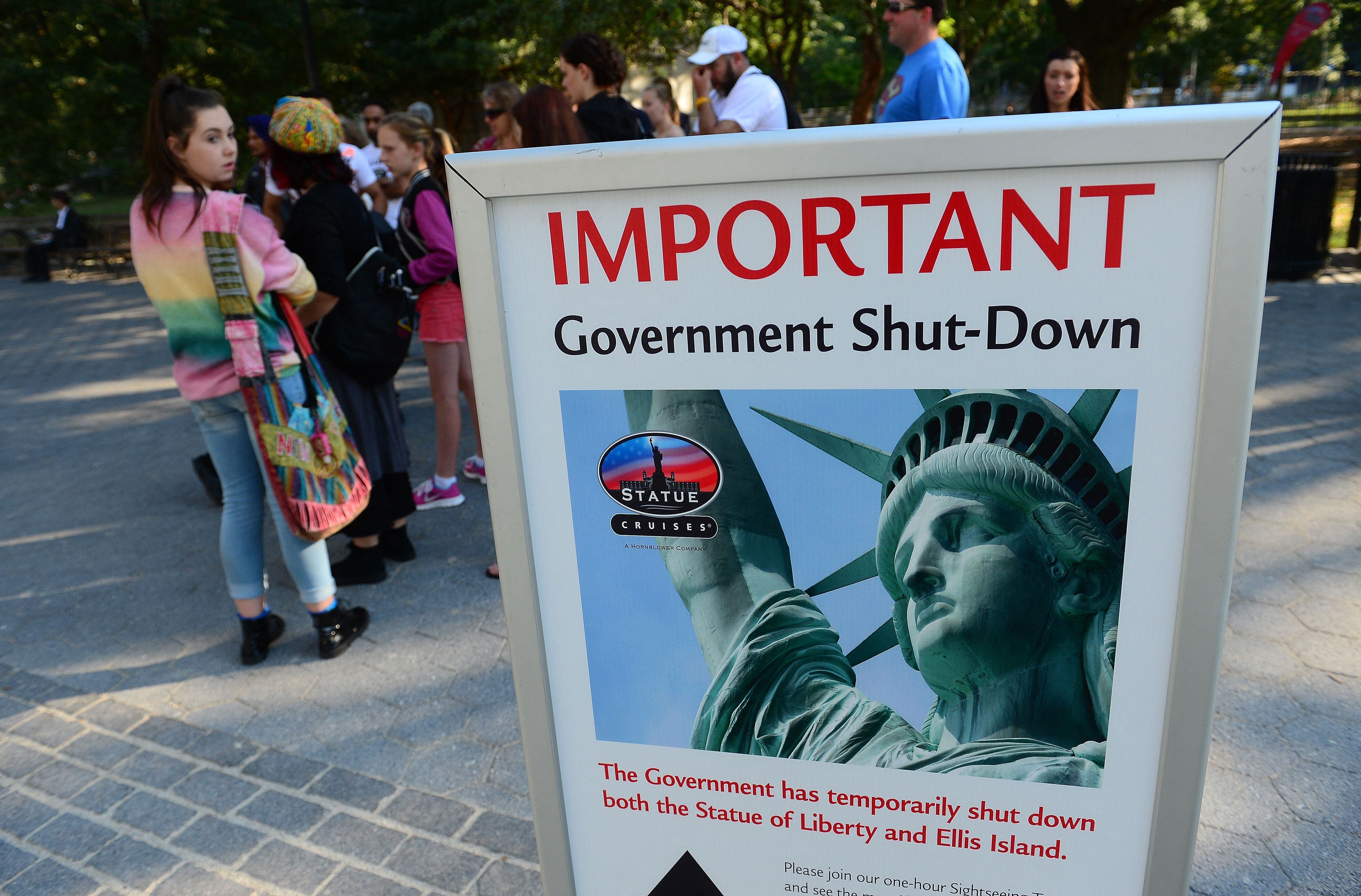CENTRAL CITY, Neb. — History placed Nebraskans Earl Brandes, Ed Guthrie and Lawrence Osterbuhr in Honolulu on that infamous date in 1941 when Japanese planes laid waste to the Navy's battleship row at Pearl Harbor.
Nearly 75 years later, history reunited the three men Wednesday back in their home state: Brandes, 95, of Central City; Guthrie, 97, of Omaha; and Osterbuhr, 96, of Hildreth.
They were longtime members of the Nebraska Chapter of the Pearl Harbor Survivors Association. As many as 50 Nebraskans used to attend the chapter's meetings. Now the three are believed to be the last Pearl Harbor survivors living in the state.
"We're really comrades," Brandes said. "There's not too many people left our age."
The Omaha World-Herald reports the national survivors' group disbanded on Dec. 31, 2011, because too few members of the organization were still around to keep it going. The Nebraska chapter followed suit.
But the Sons & Daughters Pearl Harbor Survivors has stepped forward to carry on the memory of the Dec. 7, 1941, attack, which killed 2,408 U.S. service members and 68 civilians. About 80,000 uniformed personnel survived.
"The Sons & Daughters wanted to make sure nobody forgot about Pearl Harbor," said Peg Murphy, Guthrie's daughter and the leader of the Nebraska chapter.
She organized Wednesday's lunch reunion in Central City, at the retirement home where Brandes lives.
First, though, the men gathered at the town's Heartland Veterans Memorial for a short ceremony. Gary Berry, the Merrick County veterans service officer, presented all three with commemorative medallions marking the coming 75th anniversary of the Pearl Harbor attack.
"It brought back a lot of memories," Guthrie said.
The ceremony took place at the new $200,000 veterans memorial, built over the last three years through the efforts of a group of local veterans including Brandes and Berry.
The three Pearl Harbor survivors sat next to a wall that described the history of World War II, in front of a crowd of about 60 family members and well-wishers.
"It's great," Brandes said. "It's been about four years since we got together."
On that Sunday morning in 1941, Guthrie was a Navy electrician's mate aboard a destroyer tender, the USS Whitney, anchored between two destroyers. He was relaxing on deck, reading a comic book, when the first bombs fell on nearby Ford Island, just before 8 a.m. Two minutes later, the first Japanese plane flew overhead.
"They were flying so low you could see the smiles on faces and their scarves," Guthrie said of the Japanese pilots.
Within 10 minutes, a well-placed bomb had struck the forward magazine of the battleship USS Arizona. The powerful blast killed 1,177 of 1,512 sailors aboard.
"You could feel the explosion from the Arizona all over the harbor," Guthrie said. "It was something you couldn't believe. The water was black with diesel fuel. People came out of the water like they were coated in tar."
He remembers the chaos after the attack, and spending several days retrieving survivors and bodies from the oily harbor.
Later, Guthrie was assigned to the USS Banner transport ship and witnessed the Pacific nuclear tests at Bikini Atoll in 1946, less than a year after the atomic bombings of Hiroshima and Nagasaki killed at least 129,000 people and led to Japan's surrender.
"Going through that, I felt sorry for the Japanese people," Guthrie said.
After the war, he returned home and worked for Omaha Public Power District until retiring in 1981.
Osterbuhr in 1941 was serving in the Coast Guard aboard the CGC Kukui, a 190-foot buoy tender anchored in Honolulu Harbor.
In an account written down years later by his daughter, Osterbuhr said he was sunning himself on deck when he saw the smoke from Pearl Harbor, about 6 miles away, and heard the air raid sirens. The crew began loading ammunition for their .30-caliber machine guns.
"High-level Japanese planes flew over, and the nearest bomb fell across the street," he said. "We could hear the whistling sound of the bomb dropping before it hit."
Before noon, the Kukui left the harbor, working all night to put out buoy lights around Maui and Molokai because of the wartime blackout.
Osterbuhr spent two more years in Hawaii, then was transferred to St. Louis for duty on the Mississippi River. There he met his wife, Connie. They married in April 1945 and later returned to his home in Hildreth to farm after he finished his Coast Guard service in the Philippines. They were married more than 70 years, until she died a few months ago.
Brandes in 1941 was a Marine who had arrived in Hawaii about a month before the attack. His engineering unit had been building a camp near Honolulu. On the fateful morning, he was reading a newspaper in his tent across the channel from Battleship Row when the attack began.
Hearing explosions, he hurried outside and saw thick smoke hanging over the harbor. He saw a plane flying low, a red circle on it. Between the first and second wave of attacks, he was able to get his rifle, but it was of little use against the Japanese air assault.
When the smoke cleared, Brandes couldn't believe the destruction.
After Pearl Harbor, Brandes returned to the continental United States for training. He later was sent back to the South Pacific and spent time in Guadalcanal, Guam and Iwo Jima.
After the war, he returned to Nebraska, married wife Alice and farmed near Central City for decades. She died last year.
The three men never met until years after the war that shaped their lives. They say they don't talk much about World War II or Pearl Harbor. They don't need to.
"They have a special bond," said Sandi Einspahr, Osterbuhr's daughter.
The extended families of all three Nebraska survivors plan to travel to Hawaii for Pearl Harbor 75th-anniversary ceremonies in December. Brandes and Guthrie plan to go, health permitting. Osterbuhr, who said he has been to 18 such ceremonies over the years, isn't sure he wants to make the long trip this time. But his family said they'll try to talk him into attending what could be the last major commemoration at which survivors will be present.
"That's the purpose — to keep it alive," Murphy said. "It's such a special thing that they went through."
Copyright 2016 The Associated Press. All rights reserved. This material may not be published, broadcast, rewritten or redistributed.





